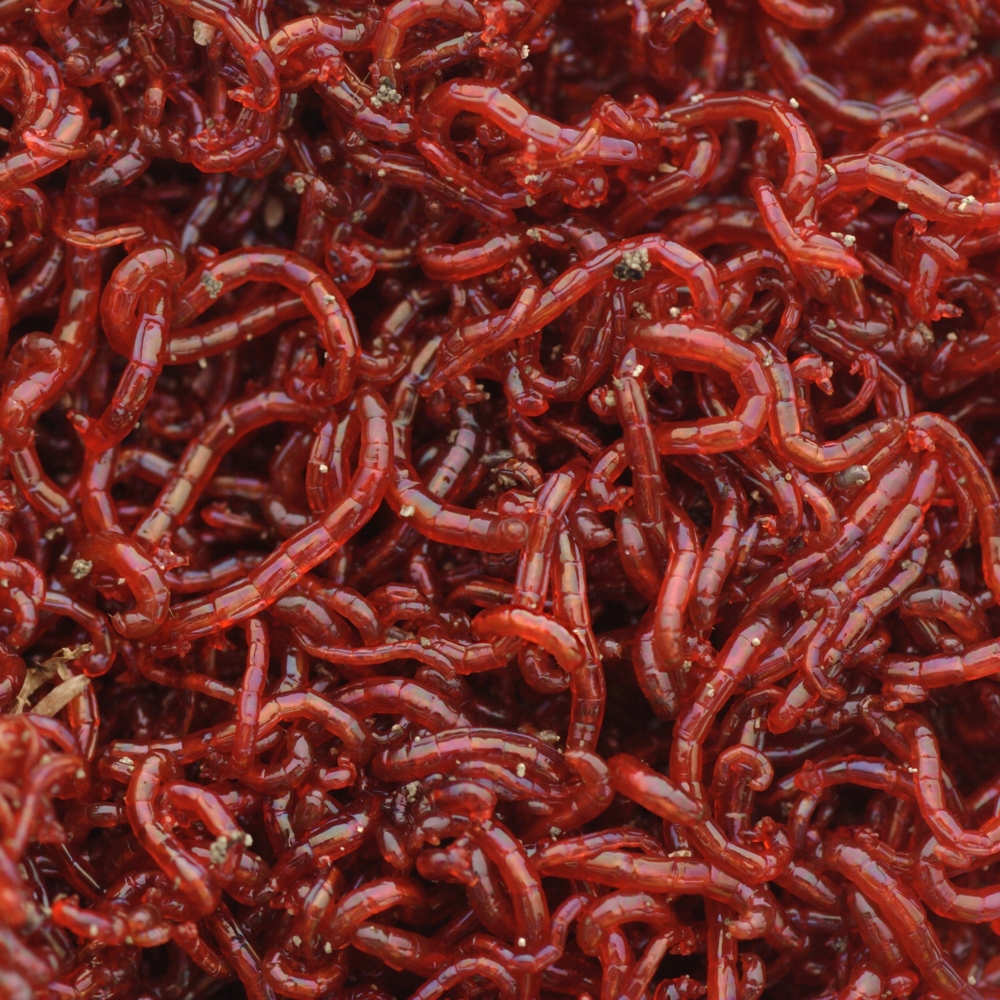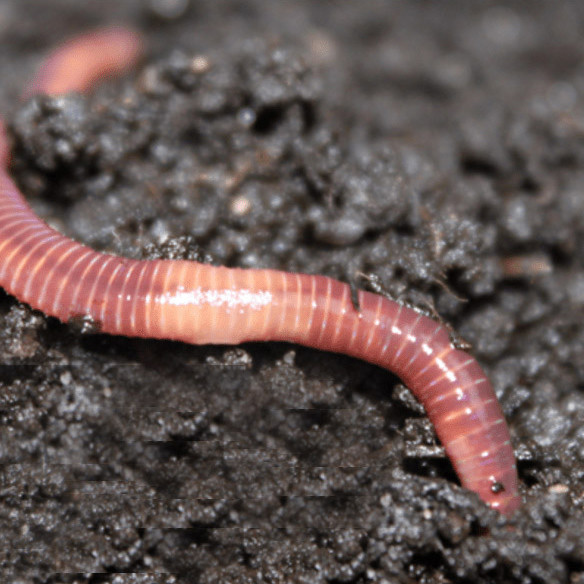Why Red Wigglers Are the very best Selection for Your Composting Requirements
Red wigglers have become a remarkable choice for composting because of their impressive capacity to successfully break down raw material while generating high-grade worm castings. Their flexibility to numerous atmospheres enables functional applications, making them suitable for both metropolitan and country composting setups. Furthermore, the nutrient account of their spreadings substantially advantages soil health and wellness, advertising sustainable horticulture techniques. The trip to effective vermicomposting includes even more than simply obtaining these worms, and comprehending the optimal problems and false impressions bordering them is essential for maximizing their capacity.
Benefits of Red Wigglers

Red wigglers prosper in a variety of problems, making them adaptable to various composting configurations, from small bins to larger systems. They stand out in vermicomposting, where their activity develops a premium final result called worm spreadings, abundant in helpful bacteria and nutrients crucial for plant growth. This natural plant food promotes dirt health and wellness, boosts wetness retention, and boosts plant resilience versus pests and diseases.
Furthermore, utilizing red wigglers can considerably lower methane emissions linked with landfill waste, adding to environmental sustainability. Their ease of care and marginal maintenance requirements make them appropriate for both beginner and knowledgeable composters. Ultimately, incorporating red wigglers into your composting method not only cultivates effective waste administration but also elevates the high quality of your garden compost.
Perfect Composting Conditions
Developing optimal composting problems is crucial for maximizing the effectiveness of red wigglers in breaking down raw material. These worms flourish in a controlled setting that simulates their natural environment, which mainly is composed of damp, dark, and well-aerated spaces. To achieve this, keeping a temperature level variety of 55 ° F to 77 ° F is crucial, as extreme temperatures can inhibit their task and even cause mortality.
(red wigglers eisenia fetida)Moisture degrees have to likewise be thoroughly kept track of; red wigglers call for a wet environment, ideally around 70% moisture material. As well much wetness can lead to anaerobic conditions, while not enough wetness can cause dehydration. Additionally, a well balanced carbon-to-nitrogen ratio, ideally around 25:1 to 30:1, sustains optimum food digestion and nutrient cycling.
Furthermore, the composting tool should be maintained loosened and oxygenated, permitting correct air movement. This not just benefits the worms yet also help in the break down of organic materials. By making sure these perfect problems, composters can create a thriving ecological community that boosts the performance of red wigglers, inevitably bring about abundant, nutrient-dense compost.
Exactly How to Begin Vermicomposting
Beginning vermicomposting is an uncomplicated process that can yield considerable benefits for both your yard and the atmosphere. To start, pick an appropriate container, such as a plastic bin or a wood box, ensuring it has ventilation openings for air flow. A dimension of around 15 to 20 gallons is optimal for small-scale operations.
Following, prepare the bedding product, which must be a mixture of shredded newspaper, cardboard, and coconut coir. This bed linen offers a comfortable habitat for the worms while maintaining moisture. Go for a bedding depth of about 4 to 6 inches.
Once the bedding prepares, present red wigglers into the bin. A populace of around 1,000 worms is sufficient for processing kitchen scraps properly. After adding the worms, integrate a well balanced mix of environment-friendly materials, such as fruit and veggie scraps, along pop over to this site with brownish products, like dried out fallen leaves.

Nutrient-Rich Spreadings
(red wiggler worms near me)The red wigglers in your vermicomposting system play an essential function in creating nutrient-rich spreadings, an extremely desired natural plant food. These castings, often referred to as worm humus, are the result of the worms absorbing raw material and excreting it in a kind that is extremely valuable for plants.
Rich in necessary nutrients such as nitrogen, phosphorus, and potassium, worm castings offer a well balanced source of fertility that enhances dirt structure and promotes healthy and balanced plant growth. In addition, they include advantageous bacteria that additionally boost dirt health, helping in nutrient absorption and disease resistance.
The slow-release nature of worm castings makes sure that nutrients are offered to plants over an extended period, lowering the threat of nutrient leaching and therefore adding to sustainable gardening practices. Unlike artificial plant foods, which can result in dirt degradation in time, worm castings enhance the soil's physical, chemical, and organic homes.
Because of this, including red wigglers right into your composting initiatives not only minimizes waste however also creates a premium natural modification that considerably benefits yards, landscapes, and potted plants alike. - red wigglers
Typical False Impressions About Worms
While many individuals identify the advantages of making use of worms in composting, a number of mistaken beliefs continue regarding their biology and actions. One usual myth is that all worms are similarly efficient for composting, when in fact, only specific varieties, like red wigglers, flourish in organic waste settings. These worms are particularly adapted to composting, making them suitable for this purpose.
An additional false impression is that worms are vulnerable and need excessively specific conditions to endure. In truth, red wigglers are fairly resistant, able to tolerate an array of temperature levels and wetness degrees, given they are kept within a suitable variety.
Additionally, some think that worms consume all kinds of food waste indiscriminately. However, red wigglers favor certain natural products, such as fruit and veggie scraps, and can deal with meat, dairy, and oily foods, which can create odors and attract insects.
Final Thought
In final thought, red wigglers represent an ideal choice for composting due to their fast disintegration capabilities and flexibility to various settings. Comprehending the suitable conditions for vermicomposting and attending to common misunderstandings about these worms further solidifies their duty in efficient waste monitoring.